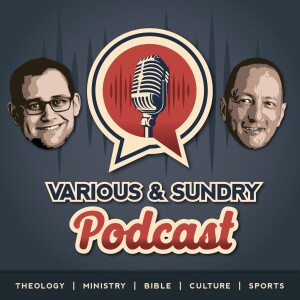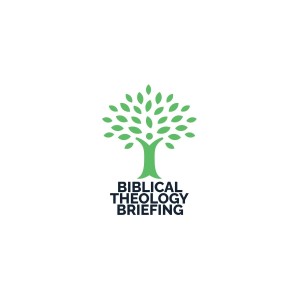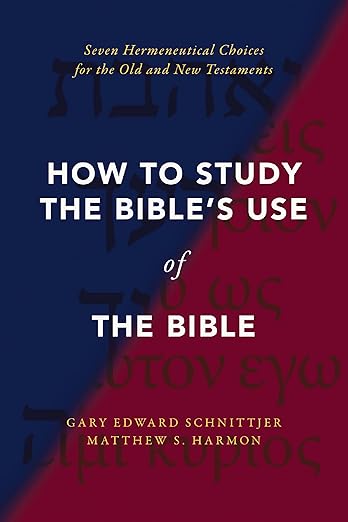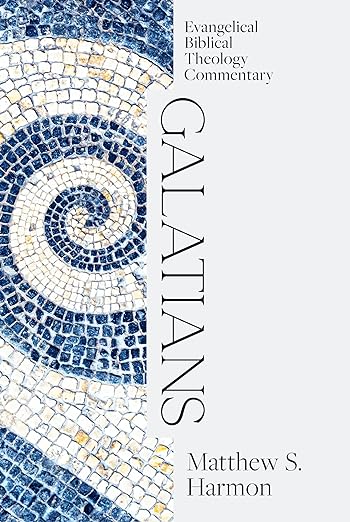
Read the Bible Like Jesus
Discover how Jesus approached Scripture and learn to read the Bible with the same depth and reverence.
Matthew S. Harmon (PhD, Wheaton College) is professor of New Testament Studies at Grace College and Theological Seminary in Winona Lake, Indiana. He was previously on staff with Cru for eight years and is the author of numerous books, including commentaries on Galatians, Philippians, 2 Peter, and Jude. He also cohosts the Various and Sundry podcast with John Sloat. Matthew and his wife, Kate, live in Warsaw, Indiana, and have two sons Jon and Jake.
Find on Apple Podcasts or Spotify.

Matt Harmon and John Sloat
Welcome to the Various and Sundry podcast. A conversation between friends about Theology, Ministry, Bible, Culture, and Sports

Matt Harmon and Ben Gladd Podcast
Exploring key biblical themes and providing theological insights to help you understand the Bible and live faithfully.

How to Study the Bible's Use of the Bible: Seven Hermeneutical Choices for the Old and New Testaments by Gary Edward Schnittjer and Matthew S. Harmon is an essential resource aimed at teaching a hermeneutic for understanding the Bible's use of the Bible. Intended for students of both testaments, the book's innovative approach demonstrates how the Old Testament use of Scripture provides resources for the New Testament authors' use of Scripture. The authors provide students with a clear approach to handling the Bible's use of itself through seven key hermeneutical choices organized into individual chapters. Each chapter introduces a hermeneutical choice and then provides several examples of the Old Testament use of Old Testament and the New Testament use of Old Testament. The plentiful examples model for students the need to ground hermeneutics in biblical evidence and provide insight into understanding why the Bible's use of the Bible is important.
Buy on Amazon
Matthew S. Harmon traces the argument of Paul's most polemic letter. In Galatians, Paul defends his authority and attacks his opponents' arguments―and in both cases, the decisive factor is the Gospel. History and Scripture must be interpreted in light of Christ's arrival. The new creation has broken in, leaving nothing unaltered. Harmon plumbs Galatians' theological depth, including its view of sin and exile, apocalyptic antitheses, the Trinity, Isaiah's servant figure, the law, righteousness, and faith(fulness).
Buy on Amazon
In this ESBT volume, Matthew S. Harmon explores how the theme of sin and exile is developed throughout Scripture. He traces a common pattern of human rebellion, God's judgment, and the hope of restored relationship, beginning with the first humans and concluding with the end of exile in a new creation. In this story we encounter the remarkable grace of a God who wants to dwell with his people, and we learn how to live well as exiles in a fallen world.
Buy on AmazonExploring Biblical Truths and Insights.

Discover how Jesus approached Scripture and learn to read the Bible with the same depth and reverence.

Why Jesus Spoke in Parables

The article offers eight questions to help readers understand and apply the Bible effectively in daily life.
Preaching God's Word with clarity and conviction.

Galatians 3:15-29
God shows the priority of the promise over the law by showing four things the law cannot do: (1) it cannot not nullify God’s promise; (2) it rescue us from our sin; (3) it cannot give us eternal life; and (4) it cannot make us sons of God.

Series on 1 & 2 Samuel
A deep dive into the book of 1 & 2 Samuel, exploring its profound theological truths.